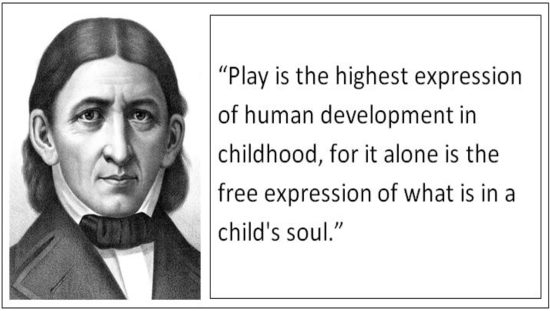The project method is a significant landmark in the history of the methodology of education. It is directly in line with the current progress and fits in very comfortably with the other developments. The method is not totally new. It owes its origin to the American philosophers belonging to the pragmatic school of philosophy. W. H. Kilpatrick was a chief proponent of this method. He was influenced by the John Dewey’s Pragmatism principle. He published a paper on ‘The Project Method’ in 1918. He mainly focuses on the purposeful activity and problem solving capacity of the students based on their needs, interest, attitudes and abilities. His definition is as under:
“A project is a whole-hearted purposeful activity proceeding in a social environment.”
W. H. Kilpatrick
Paradigm of Project Method
Project method has the following steps:
1. Creating Situation
In the first step teacher creates the proper situation to the students in the class. He shares the knowledge about the project method procedure, steps, and uses with the students. After that he provides proper motivation through conversation about the day to day life problems to the students.
2. Selection of the problem
Then the teacher helps the students to select the problem and guide them. Here the students are having freedom to choose the topic or problem based on their interest and ability. Before choosing the topic the principles should be taken in to an account.
3. Planning
The teacher discuss with the students about the problem through various angles and points. He should create the situation of the discussion with the students and they are allowed to talk freely and openly. After the free expression of the students’ opinion about the problem, the teacher writes down the whole program of action stepwise on the blackboard. The grouping is made by the teacher based on the interest and ability of the students.
4. Execution
The students start their work in this step. They collect the relevant information/data and materials at first. The teacher should give time to the students according to their own speed, interest and ability. If need arises, he may provide the necessary help and guidelines to the students. He demands the groups to complete the project in the particular time.
5. Evaluation
Here the students evaluate their task. They determine whether the objectives have been achieved or not. After that they criticize and express their feeling about the task freely. The planning, selecting the task, and execution are discussed in the class. All these things are collectively reported to the teacher.
6. Reporting and Recording
It is the last step of the project method in which each and every step of the work are reported. The reported things are recorded in a certain order in a book form. The record is useful for the further use and future reference about the project. It reveals many ideas about the concerned project. The book formatted report is submitted to the teacher at the end.
Advantages of Project Method
- It is students centered, activity based method.
- Students involves whole-heartedly in the learning process according to their needs, attitude, interest and ability.
- This method is related to the life situation of the students.
- This method develops the problem solving ability to the students.
- It makes the students independent and confident.
- It gives the real work experience to the students.
- It develops the social qualities and synergism in the students’ heart.
- It develops the responsibility realization of the students.
Limitations of Project Method
- It is a time consuming method.
- It is difficult to complete the prescribed syllabus in a particular time.
- It is a very costly method.
- It is not applicable for the lower classes.
- All topics cannot be through this method.
- It is not applicable for the all schools.
- It needs so much material for the execution.
OTHER RELATED POSTS



